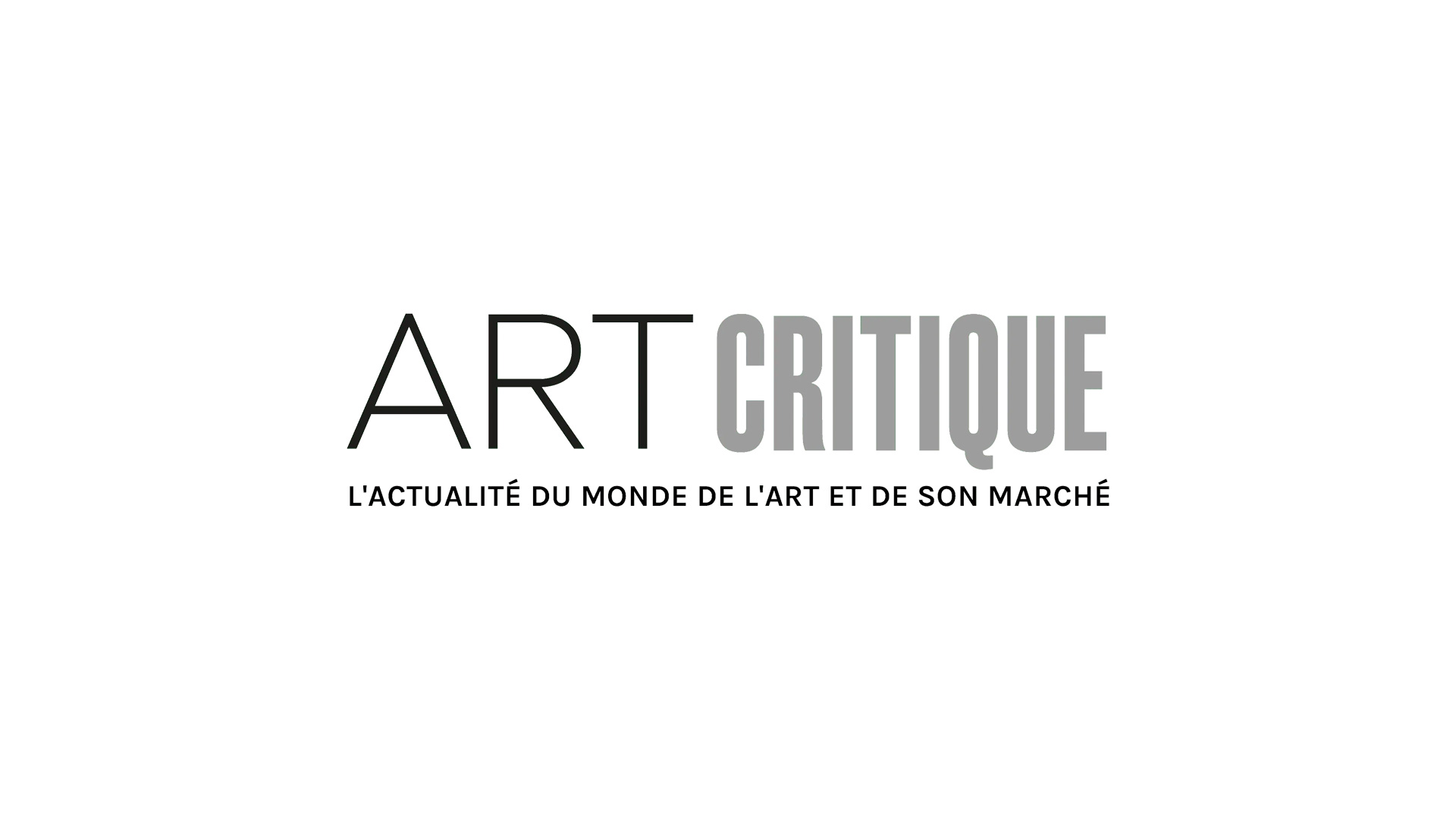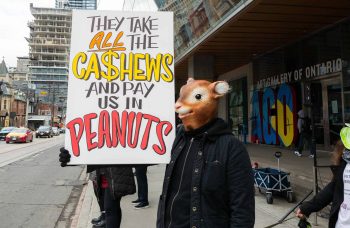The US Court of Appeals has upheld a landmark decision that real estate developer Gerald Wolkoff did indeed violate the Visual Artists Rights Act (VARA) when he ordered 32 graffiti artworks to be whitewashed at 5Pointz. Thursday’s ruling, which was equally gratifying and shocking, gives credence to the artists whose works were destroyed and upholds that Wolkoff will pay out $6.75 million (£5.2 million) in penalties.
5Pointz was born in the early 2000s when Jonathan Cohen, a well-known aerosol artist who goes by the name Meres One, was approached by Wolkoff to install a few works on a disused warehouse in Queens, which Wolkoff owned. Cohen became the curator of the space and 5Pointz went on to become a street art mecca with dozens of graffiti works adorning the exterior and interior of the building. Then, in 2013, Wolkoff had the exterior of the building whitewashed, destroying original artworks, without any warning.
Wolkoff’s decision followed the artists who would be affected invoking VARA, a somewhat unknown act that protects certain ‘moral rights’ of artists. VARA was enacted in 1990 to ensure that artworks of ‘recognised stature’ are not be modified and requires a 90-day notice period to artists before their works are removed. In 2017, a jury ruled in favour of the artists whose works were eradicate. Then, in early 2018, Frederick Block, a Brooklyn Supreme Court justice, ruled that Wolkoff would pay $6.75 million in damages, including the maximum penalty of $150,000 per artwork destroyed. Wolkoff appealed Block’s decision citing that the whitewashed works did not meet the requirements of ‘recognised stature.’
However, with the most recent hearing, which included US Circuit Judges Reena Raggi, Raymond Lohier, and Barrington Daniels Parker Jr., the courts dubbed the works to be significant and wrongly erased. In the 32-page ruling, which cited other street artists like Banksy, Parker wrote that VARA ‘recognizes that, unlike novelists or composers, for example, visual artists depend on the integrity of the physical manifestations of their works.’
Wolkoff claimed that his choice was necessary to benefit from certain tax credits as well as to safeguard the reputation of his business. During testimony, Wolkoff stated that if faced with the same choice again, he would make the same decision. Thus, with the ruling, the court stated that ‘In these circumstances, a maximum statutory award could serve to deter Wolkoff from future violations of VARA. […] It could further encourage other building owners to negotiate in good faith with artists whose works are incorporated into structures.’
‘The artists are humbled by and thankful for the ruling,’ said Eric Baum, the plaintiff’s attorney, to Artnet News. ‘The 2nd Circuit affirms Judge Block’s thoughtfully reasoned decision that our clients’ art is to be cherished and protected and not destroyed. This decision ensures that future artists and their moral rights will have the protections that they and their works of art rightfully deserve.’





